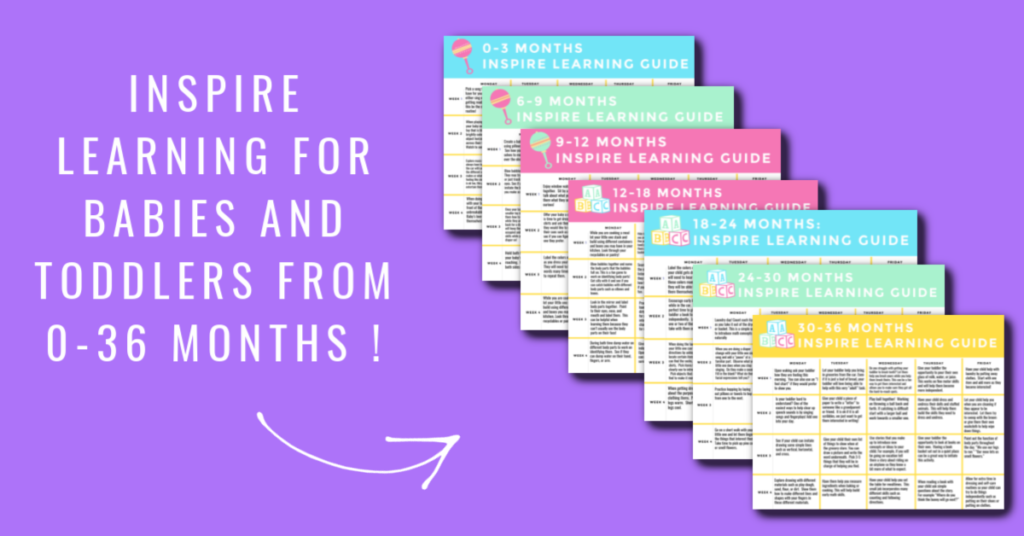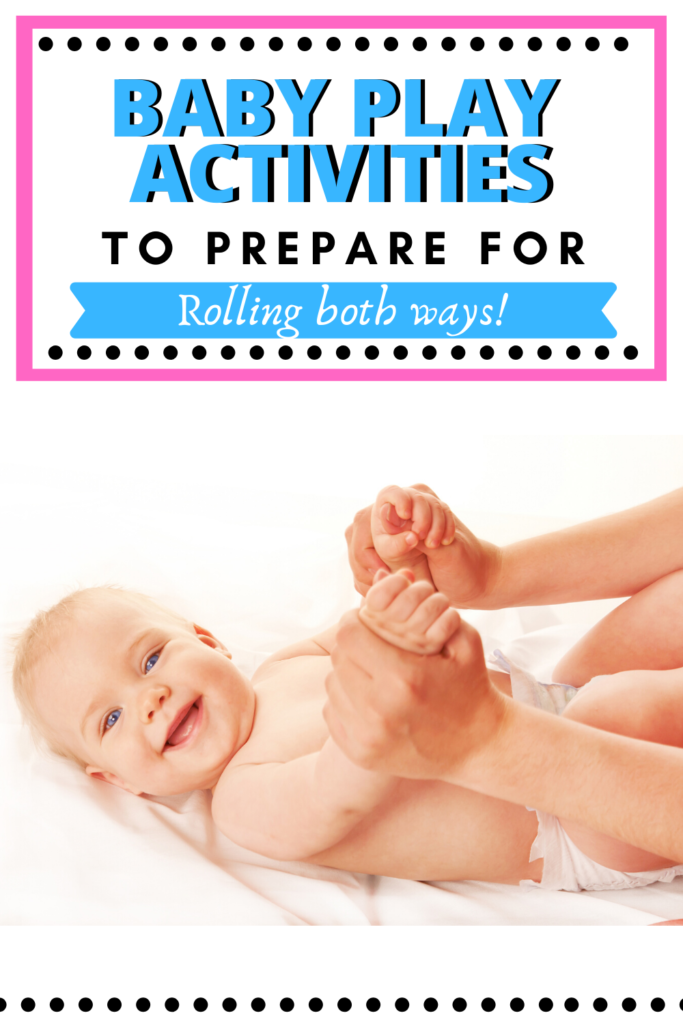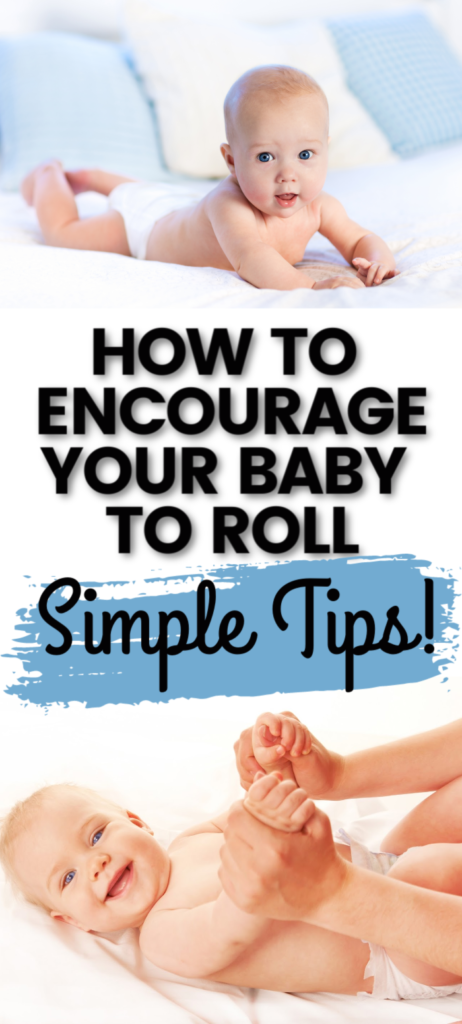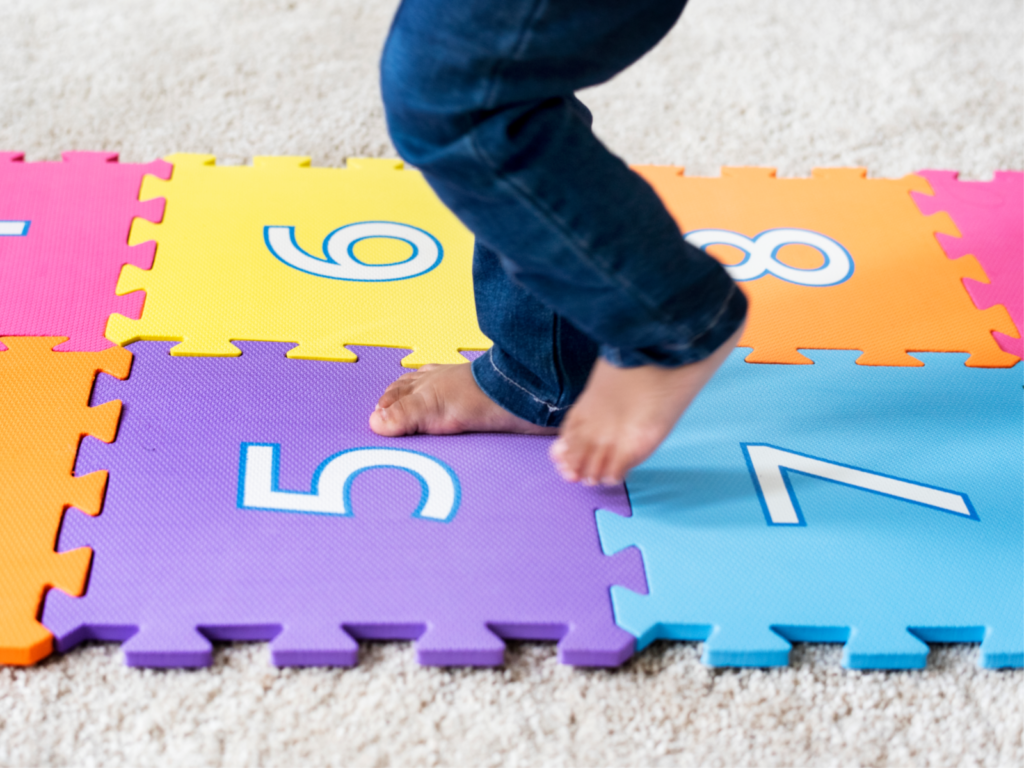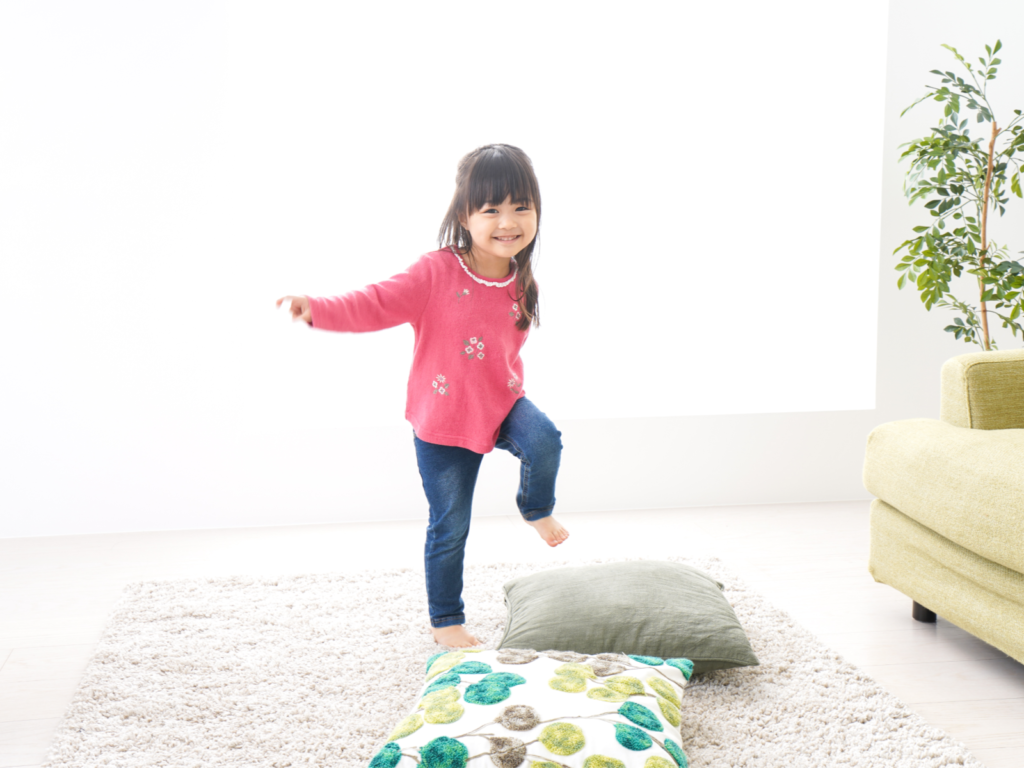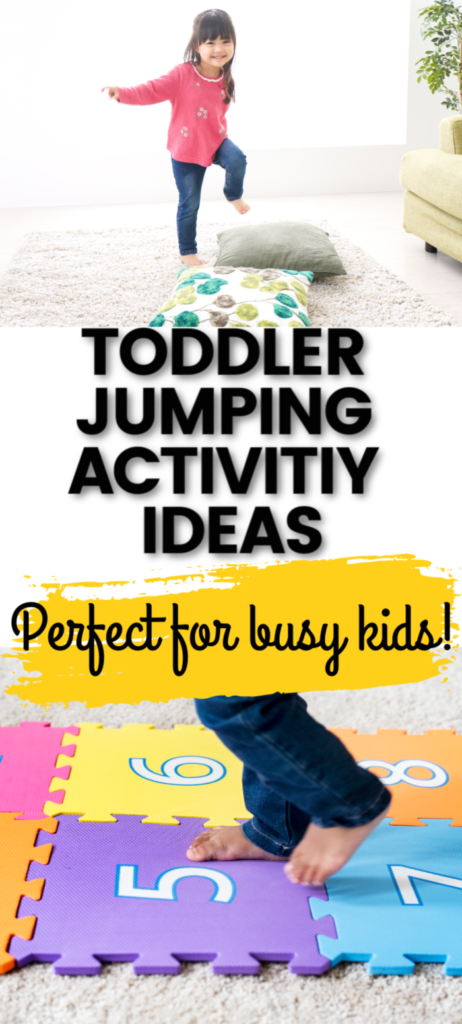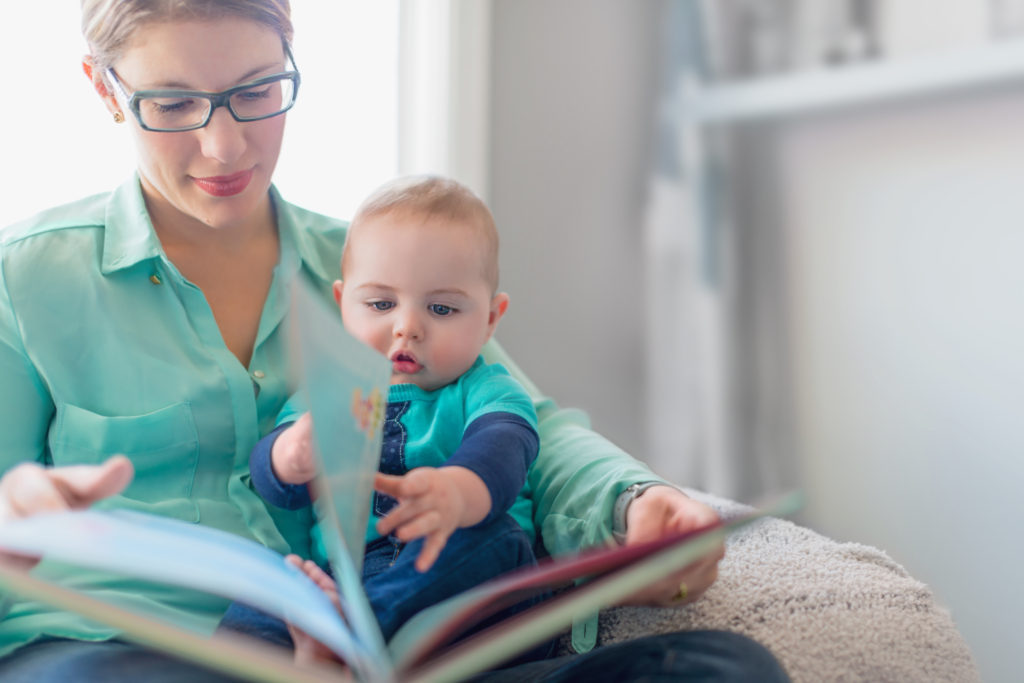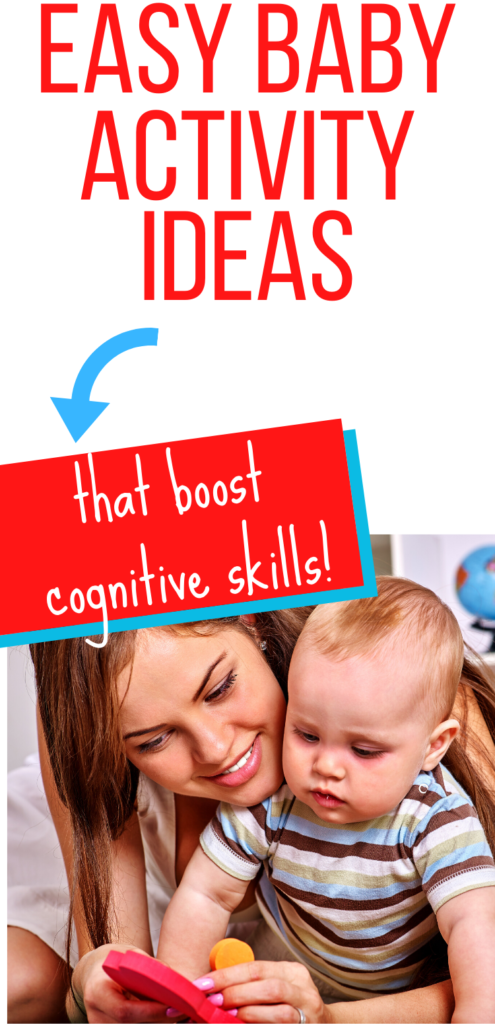One of the cutest things that your baby will do is clap their hands!
Clapping does require a lot of skills from your baby including fine motor coordination and strength along with the ability to imitate.
Here is what will be covered in this article:
- Baby Skills That Come Before Clapping
- When do babies clap?
- Baby Skills That Come After Clapping
- Baby not clapping…should I be concerned?
- How to Teach Your Baby to Clap
- Frequently Asked Questions About Baby Clapping

(This post contains affiliate links. To read our full disclosure policy click here.)
Baby Skills That Come Before Clapping
There are a few skills that will happen before your baby claps as they gain strength and coordination.
Her are some examples of skills that come before clapping:
- Reaching for toys
- Grasping objects
- Banging toys on table
- Transferring object from one had to another
- Keeping hands in an open position most of the time
When do babies clap?
Babies will usually start clapping sometime between 6-12 months old.
Keep in mind that all babies develop at their own rate so they will not hit their milestones all at the same time.
If ever have concerns about your baby’s development make sure to discuss them with your pediatrician or give early intervention a call to schedule a screening or evaluation.
Baby Skills That Come After Clapping
There are many skills that come after your baby has started clapping.
A few of those may include:
- Pointing with index finger
- Banging objects together
- Building a block tower of 2 blocks
- Putting objects into a container
Keep in mind that all babies are different and their milestones may look different then another baby that you know.
Baby Not Clapping at 12 Months…Should I be concerned?
Clapping is just one skill out of many that your baby will get.
If you have concerns about any milestones you should contact your pediatrician or early intervention to see what steps you should take.

How to Teach Baby to Clap
One of the first ways you can teach your baby to clap is by modeling it.
Babies need to see how we do things in order to imitate them.
You can model clapping in a variety of different ways throughout your day and during play time.
Model Clapping for Your Baby
Babies are watching us consistently and they are picking up on what we are doing.
Modeling clapping for your baby is one of the most effective ways to teach them this skill.
You can start early by clapping for them to show excitement or as part of a song.
Clapping Games and Songs for Babies
One of my favorite ways to encourage clapping in infants is by singing songs and fingerplays.
This is an activity that builds language, cognitive, social, and fine motor skills.
Babies are also very motivated to do what they see you doing so it works well!
Here are a few of my favorite fingerplays that will work well in teaching your baby to watch you and then imitate.
- If Your Happy and You Know It
- Zoom Zoom Zoom We’re Going to The Moon
- Open Shut Them
- Pat-a-Cake
- Bringing Home a Baby Bumble Bee
You can even make up a song all on your by being creative…your baby will love it now matter what.
Another great things about singing to your baby is you can embed this into any daily routine such as diaper changes to promote learning.
The repetitive nature of songs also makes them easier for babies to learn.
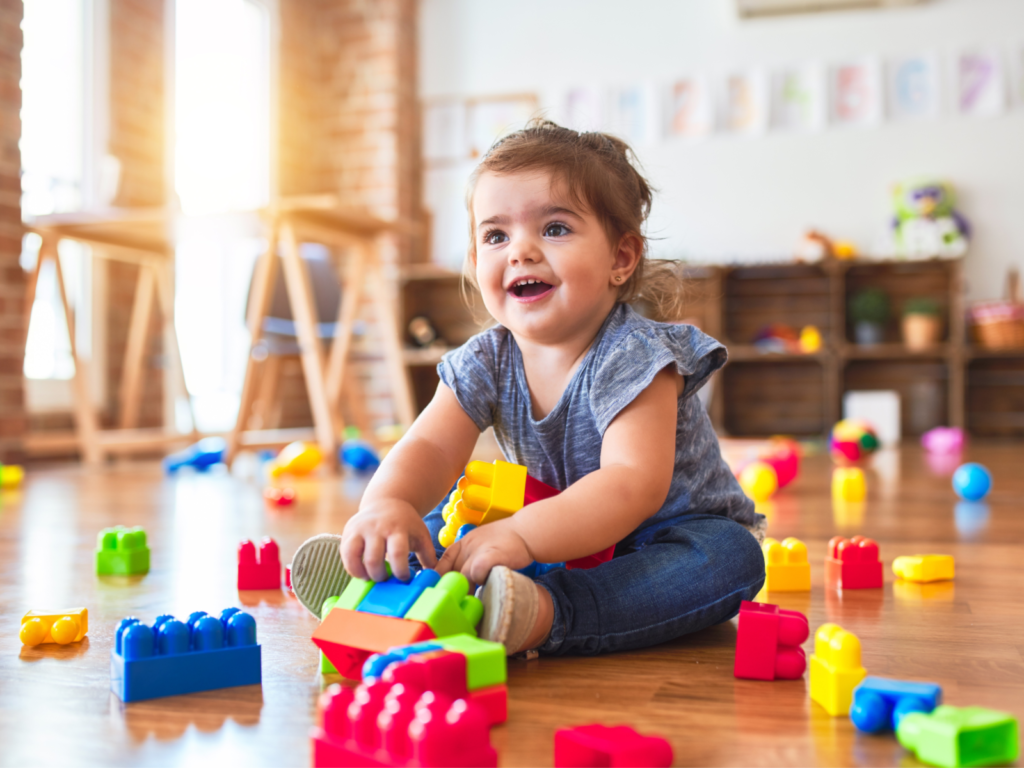
Build Strength and Coordination Through Play
Babies learn through play because they are curious and they find it motivating.
Play allows allows them to problem solve and get lots of practice with new skills because it is very repetitive.
Play activities that will encourage clapping include ones that promote the skills needed to imitate and gain control with fine motor development.
For example, showing your child how to bang toys together or on a table will encourage them to imitate and uses the same muscles needed for clapping.
Blocks like these are a great toy to try this out with.
You will want to make sure they are small enough so that your baby can grab them but not too small because you don’t want them to be able to put them in their mouth.
Frequently Asked Questions About Baby Clapping
Clapping hands requires babies to use a combination of cognitive and fine motor skills which makes it a developmental milestones.
Not all babies will clap at the same time as we usually expect an age range of a few months for babies to gain new skills.
You will first want to model clapping for your baby when you are excited or through songs and fingerplays.
You will also want to allow your baby lots of play time so that they can build the strength and coordination it needs to clap their hands.
You can use hand over hand gently to show your baby how to clap.
Recommended Posts
Best Cognitive Activities for Babies
The Quick Guide to Teaching Your Baby to Roll Over




